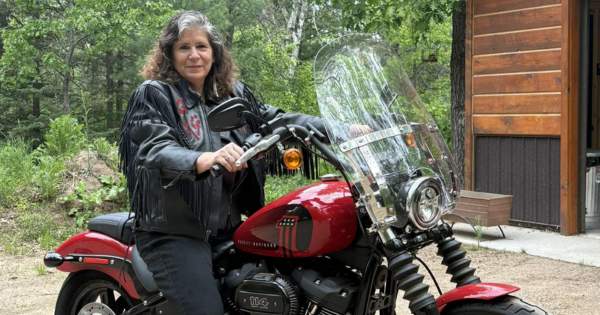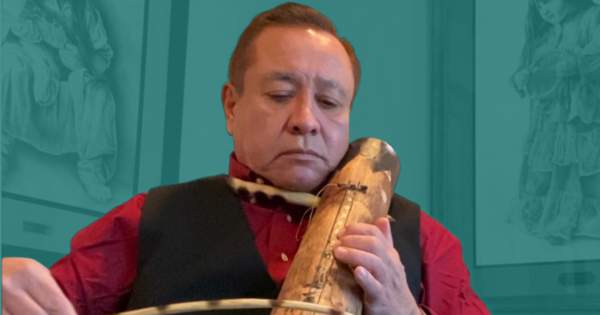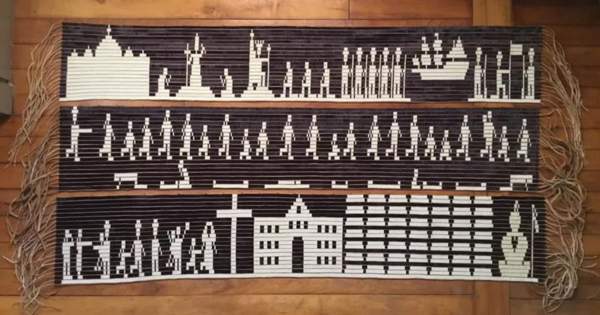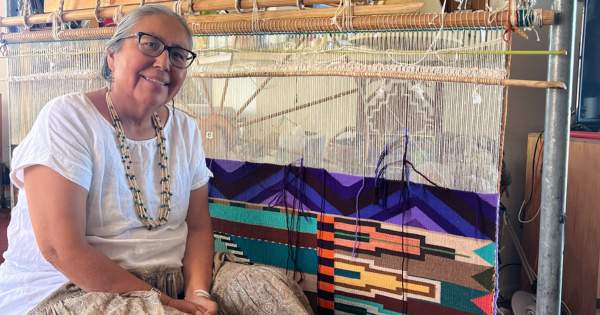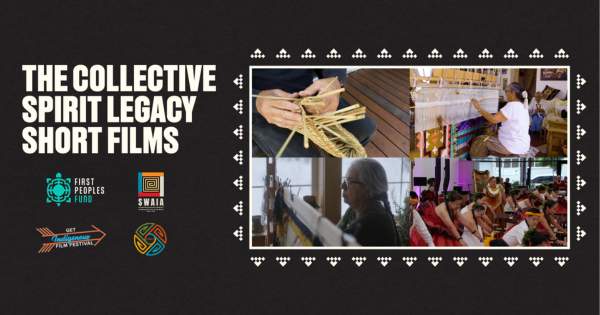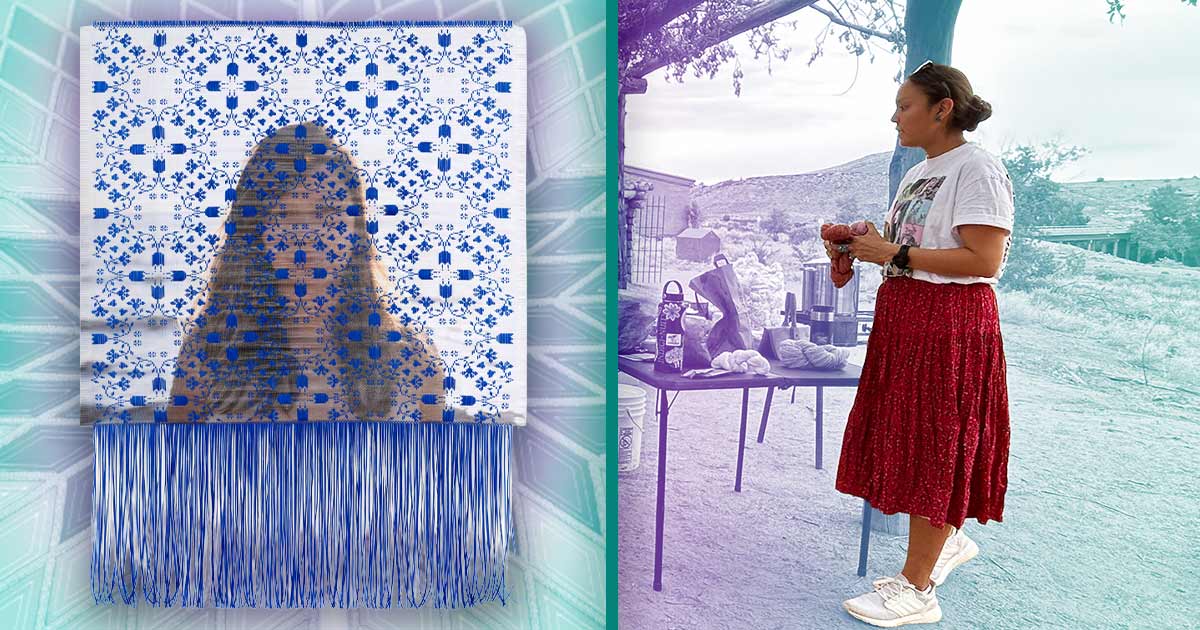
Tools of the Art
Bruce Cook, III is an acclaimed Haida artist who creates sculptures, silk-screen prints, carved masks, canoes, and painted drums. He began his artistic training under the guidance of his uncle, Warren Peele, a master artist in the Village of Hydaburg, Alaska.
Among his art accomplishments was a commission from the Legacy Gallery in Scottsdale, AZ, for a 20-foot Haida canoe, and a 15-foot pole and the interior decoration for the Islandwood complex on Bainbridge Island, Washington.
Bruce banged steel on his Cavalry anvil inside his workshop, forging a new pair of tongs. He and other artists had returned from another session with their mentor where they were assigned work for the week. Their end goal: Making sculpting tools for their art.
“When I started sculpting, that was the biggest hindrance — having my own tools,” Bruce says. “It’s $1,000 just to begin.”
Part of Bruce’s FPF Cultural Capital fellowship was teaching others how to craft tools to lower the cost of entering this art form.
“We’ve inspired people to start making their tools,”
Though Bruce was born in Ketchikan, Alaska, his family soon moved to the Wind River Reservation. He has family from both the Northern Arapaho and Haida cultures. At a young age, he decided to become an artist as he watched his uncle carving a small model canoe.
Bruce begins most of his projects with quiet mornings, a pot of coffee, and a sheet of paper in front of him to create designs. He waits for the “crazy” moments to happen.
“To create in the Haida art form, one has to learn the rules so you can break them correctly,” he says. “Then there are thousands of possibilities in how to create the design or sculpture.”
As Bruce is learning to make his carving tools, he opens the door for other artists who struggle to overcome the financial barrier of purchasing tools. He even has bead workers join in making their own knives.
“Teaching this skill can inspire more Indigenous artists in the community to create, empower, and raise questions,” Bruce says. “They can create more art, which then can influence society, change opinion, instill values, and translate those experiences across space and time. It can bring a community together by reducing isolation and make the people feel safer.”
